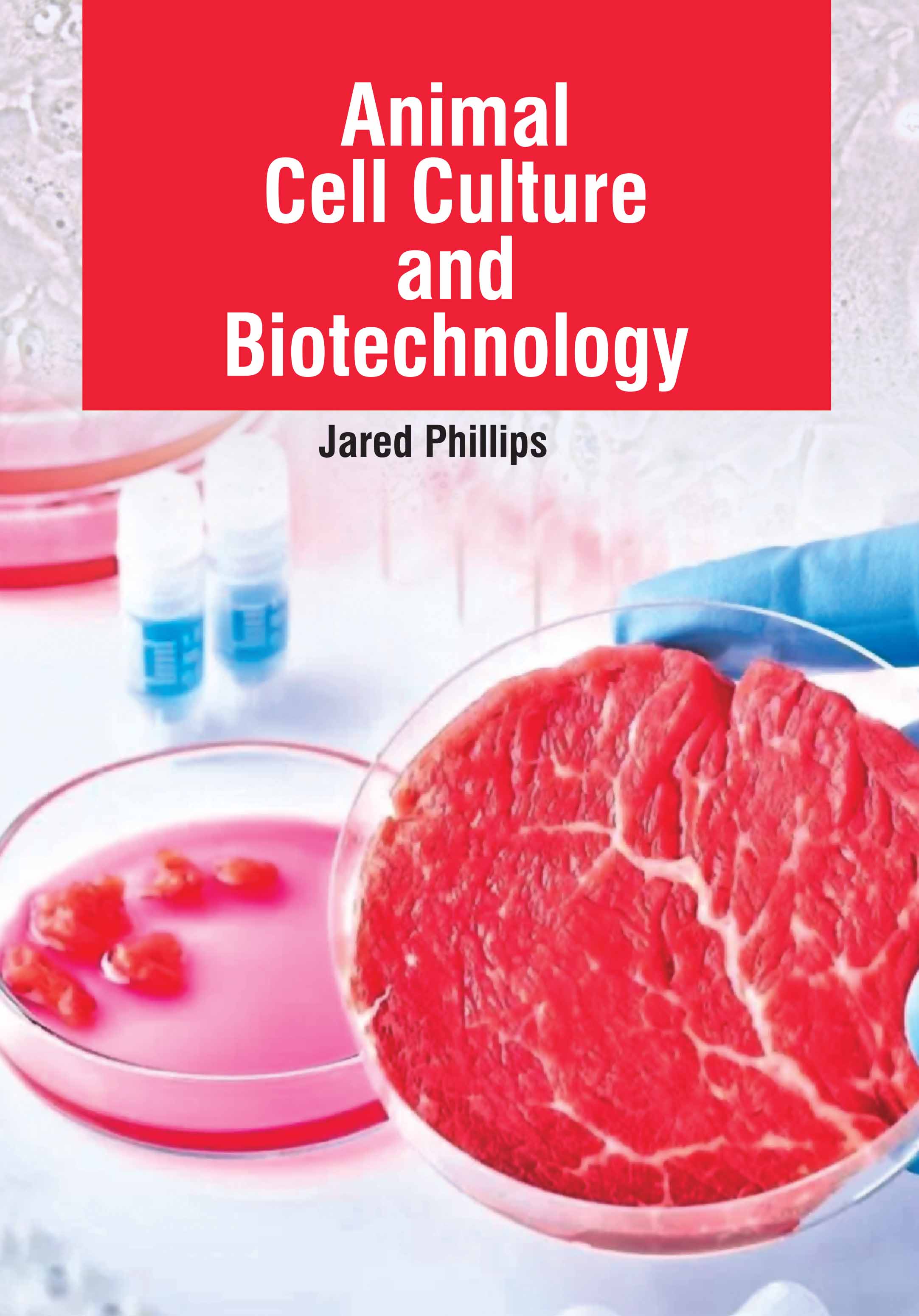About This Book
Deep Learning for Natural Language Processing (NLP) explores the intersection of artificial intelligence
and language, showcasing how deep learning techniques transform the way machines understand and
interact with human communication. NLP focuses on enabling computers to process, analyze, and
generate natural language in a way that is meaningful and useful. Deep learning has revolutionized NLP
by replacing traditional rule-based and statistical methods with models that learn directly from data.
These models, particularly neural networks, excel at handling complex language patterns and structures.
Key architectures like Recurrent Neural Networks (RNNs) and Long Short-Term Memory (LSTM) networks
are commonly used for sequence-based tasks, including language modeling, sentiment analysis, and
translation. Meanwhile, Transformer models, such as BERT and GPT, have set new benchmarks for
understanding context and generating coherent language. Applications of deep learning in NLP are vast,
from voice-activated assistants and chatbots to real-time language translation and sentiment analysis in
social media. These technologies rely on large datasets and advanced training techniques to achieve
high accuracy and efficiency. This book provides an accessible introduction to deep learning methods in
NLP, emphasizing practical implementations. By combining foundational concepts with cutting-edge
advancements, it equips readers to develop intelligent language-based applications that bridge the gap
between humans and machines. Deep Learning for Natural Language Processing offers a
comprehensive guide to applying deep learning techniques for understanding and generating human
language.
Contents: 1. Introduction, 2. Deep Learning Algorithms, 3. Principles of Deep Learning, 4. Natural
Language Processing, 5. Neural Networks and Decision-making Frameworks, 6. Multi-Layer Neural
Networks: An Intuitive Approach, 7. NLP using Machine Learning, 8. Meaning and Interpretation of
Programming Languages.

